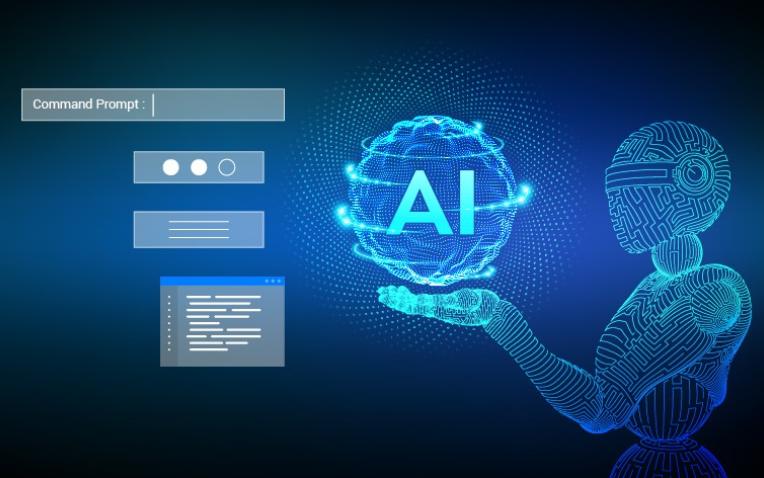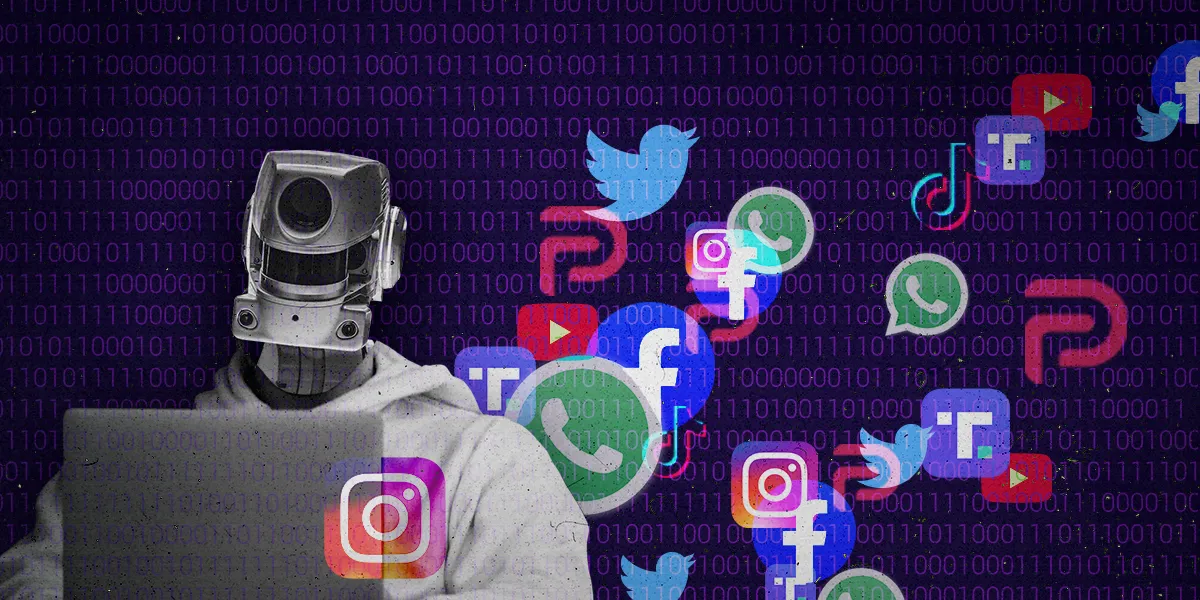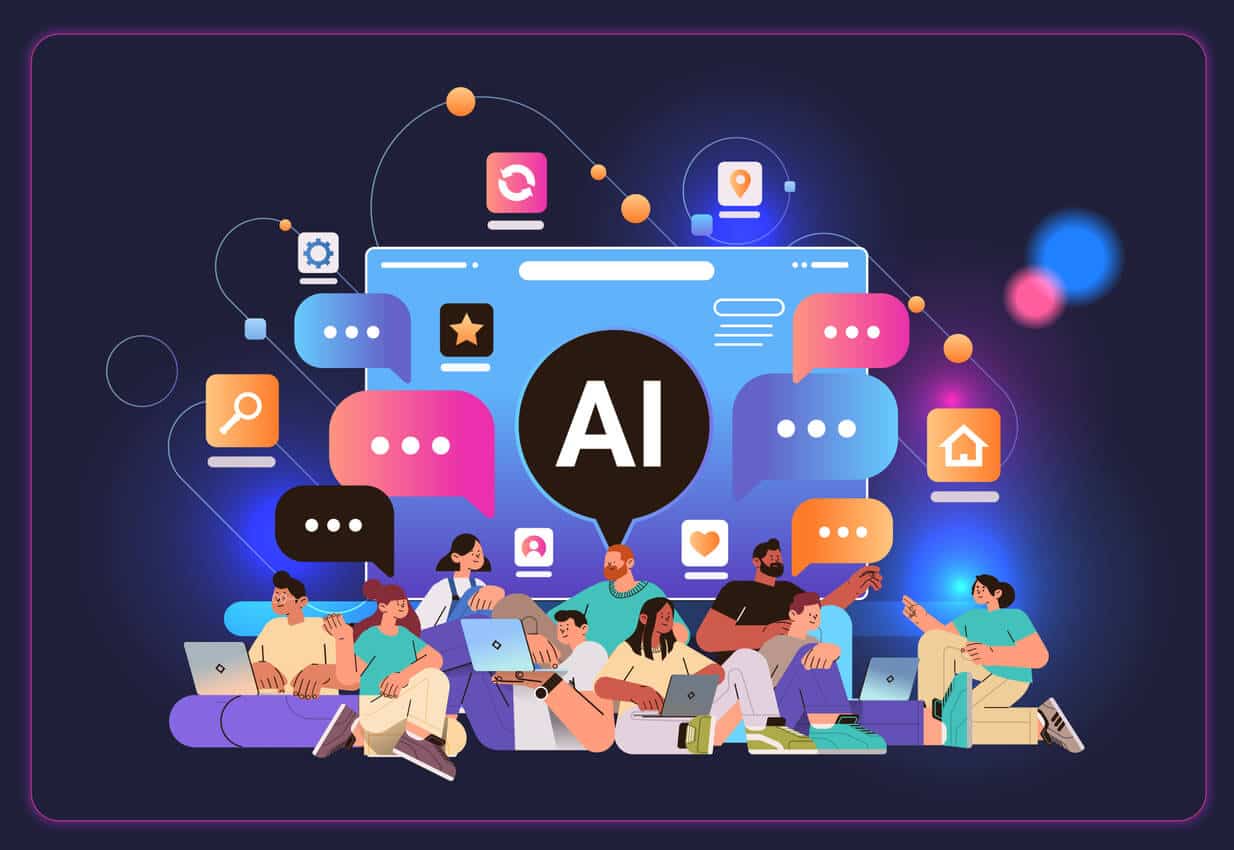Generative AI is one of the most exciting areas of artificial intelligence. It refers to AI systems that can generate new content—such as text, images, music, code, and more—based on patterns learned from existing data. This technology is revolutionizing how we create and interact with digital information.
What Is Generative AI?
Generative AI uses machine learning models—especially large language models (LLMs) and neural networks—to produce content that resembles what a human might create. Unlike traditional AI systems that classify or predict data, generative models generate entirely new data based on the training they’ve received.
How It Works
At its core, generative AI is trained on massive datasets. It learns the structure, style, and patterns within that data and uses probability to predict the next word, pixel, or note when generating content. Popular architectures include:
- Transformer models (like GPT)
- GANs (Generative Adversarial Networks) for image generation
- Diffusion models for art and design
- Autoencoders for compressing and recreating data
Common Applications
Generative AI has found uses in many industries:
- Writing & Content Creation – blog posts, product descriptions, social media content
- Design & Art – illustrations, branding materials, creative art
- Music & Audio – composing music, voice generation
- Programming – code generation, bug fixing, documentation
- Marketing – personalized ads, chatbots, campaign optimization
- Healthcare – medical imaging, drug design, diagnostics
Popular Generative AI Tools
Some of the most widely used tools include:
- ChatGPT – for conversational text and writing assistance
- DALL·E – for text-to-image generation
- Midjourney – artistic and stylized image generation
- GitHub Copilot – AI code assistant
- RunwayML – video editing and media creation
Advantages of Generative AI
- Speeds up content creation
- Enhances creativity and brainstorming
- Reduces repetitive tasks
- Personalizes user experiences
- Supports innovation across sectors
Challenges to Be Aware Of
- May produce biased or inaccurate content
- Can be used to generate fake or misleading material
- Raises copyright and ownership questions
- High computational and environmental cost
Conclusion
Understanding generative AI is key to making the most of its capabilities. It is not just a tool for automation but a partner in creativity and problem-solving. As it continues to evolve, learning how it works and where to apply it responsibly will be essential for professionals and creators alike.







Leave feedback about this